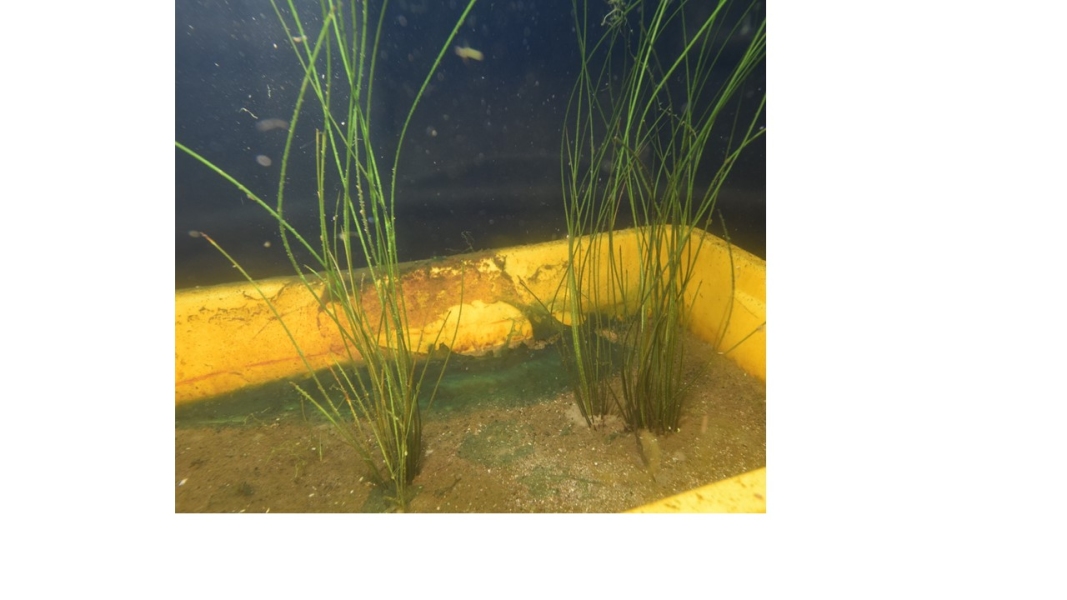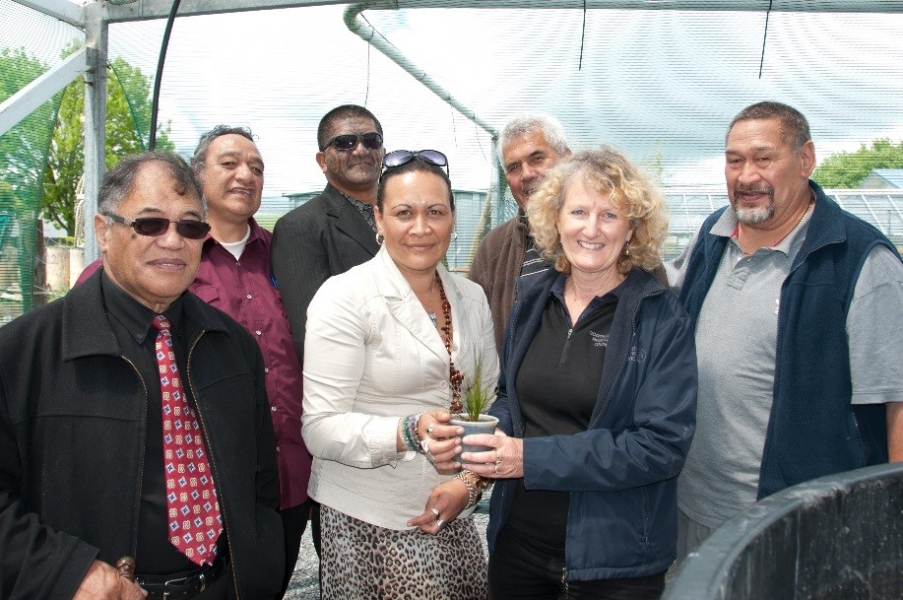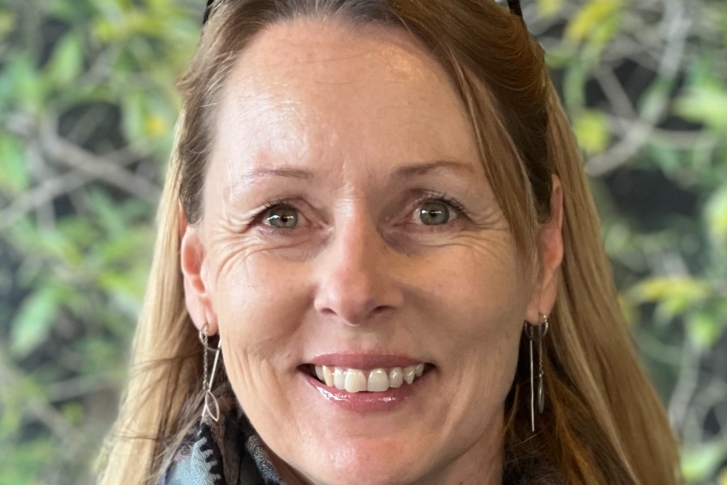NIWA recently hosted visitors from Northland to view cultivated plants from Lake Ōmāpere that are now ‘extinct in the wild’, and discussed plans for their reintroduction to the lake in the future.
Plants saved in 1998
Three plants of an endemic submerged quillwort (Isoëtes) were recovered from Lake Ōmāpere by NIWA in 1998, prior to the lake weed (Egeria densa) dying off and the lake switching into an algal dominated turbid state. No further isoëtes plants have been observed in the lake since that time. However, the plants that were removed prior to the lake flipping were secured in culture.
Recovery plan
Genetic studies show these Northland plants are distinct from other populations of isoëtes, and they are regarded as ‘extinct in the wild’ and ‘Nationally Critically Endangered’ by the Department of Conservation (DOC). The first step to recovery, culturing of Ōmāpere-origin plants, has seen plant material increase by 60% ready for the next step of propagation.
Meeting held to discuss approach
On the 4th of November a delegation from Northland consisting of Lake Ōmāpere trustees (from the Resource Management Unit), Northland Regional Council and DOC staff joined NIWA staff in Hamilton to discuss the future of isoëtes, its propagation and the goal to see the isoëtes returned home to Lake Ōmāpere. This trip was endorsed by Te Taumata Kaumatua O Ngapuhi Nui Tonu whom recognise the contribution Tainui has made in caring for this taonga.




